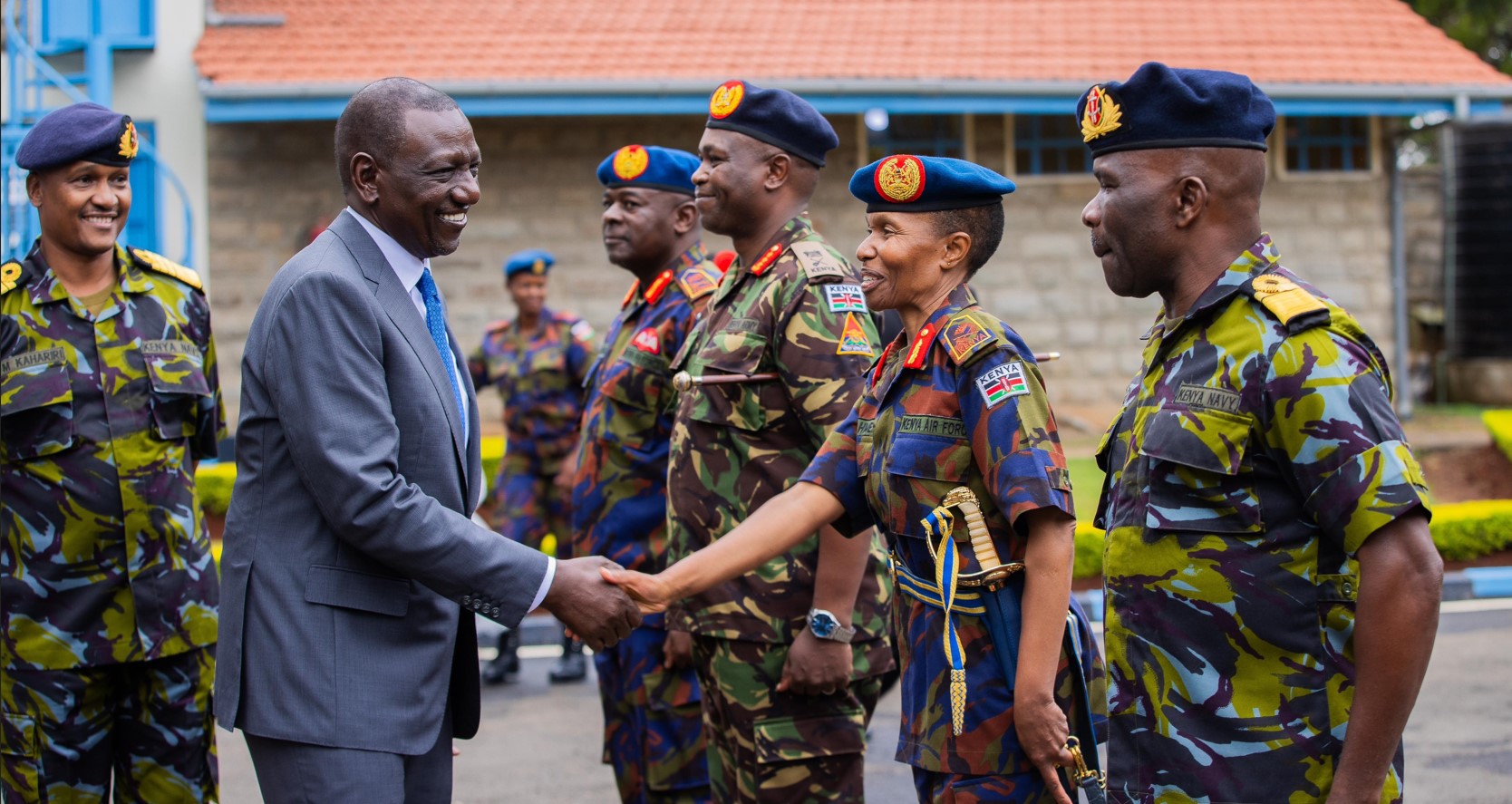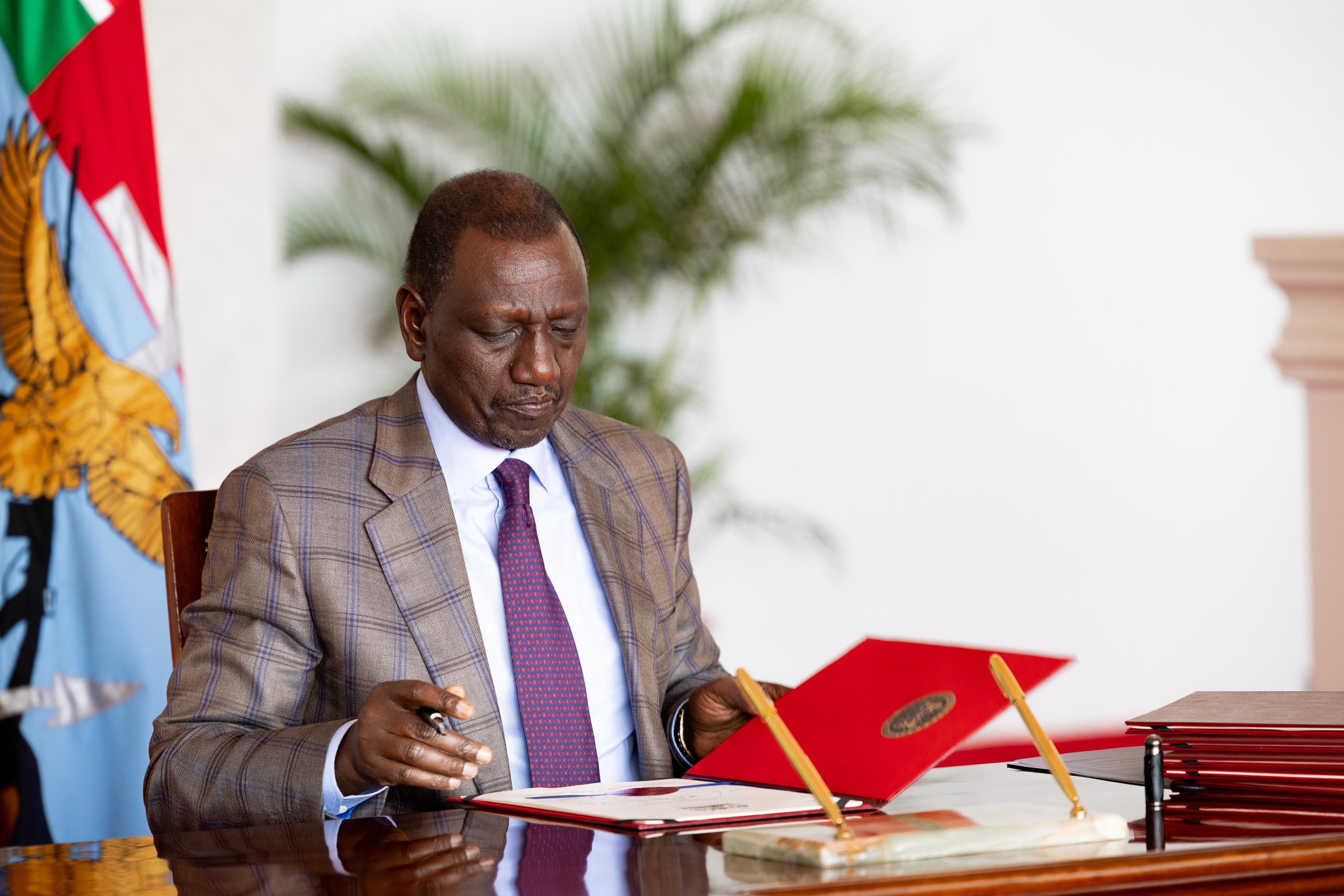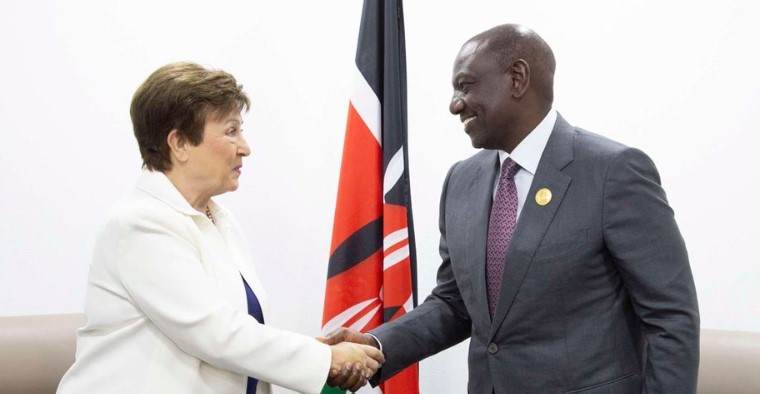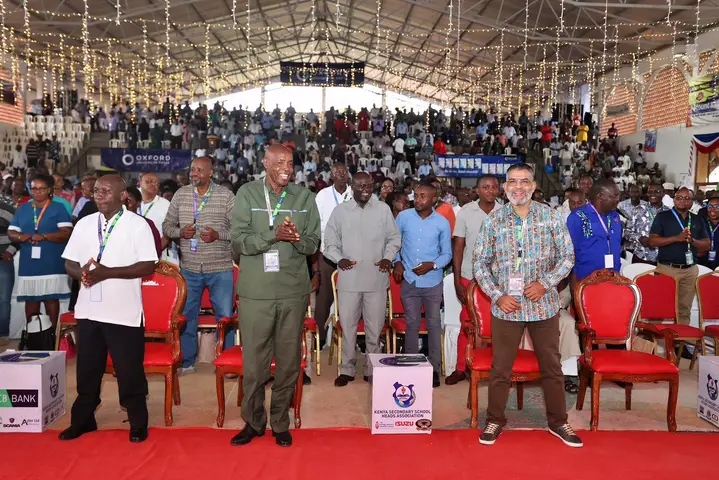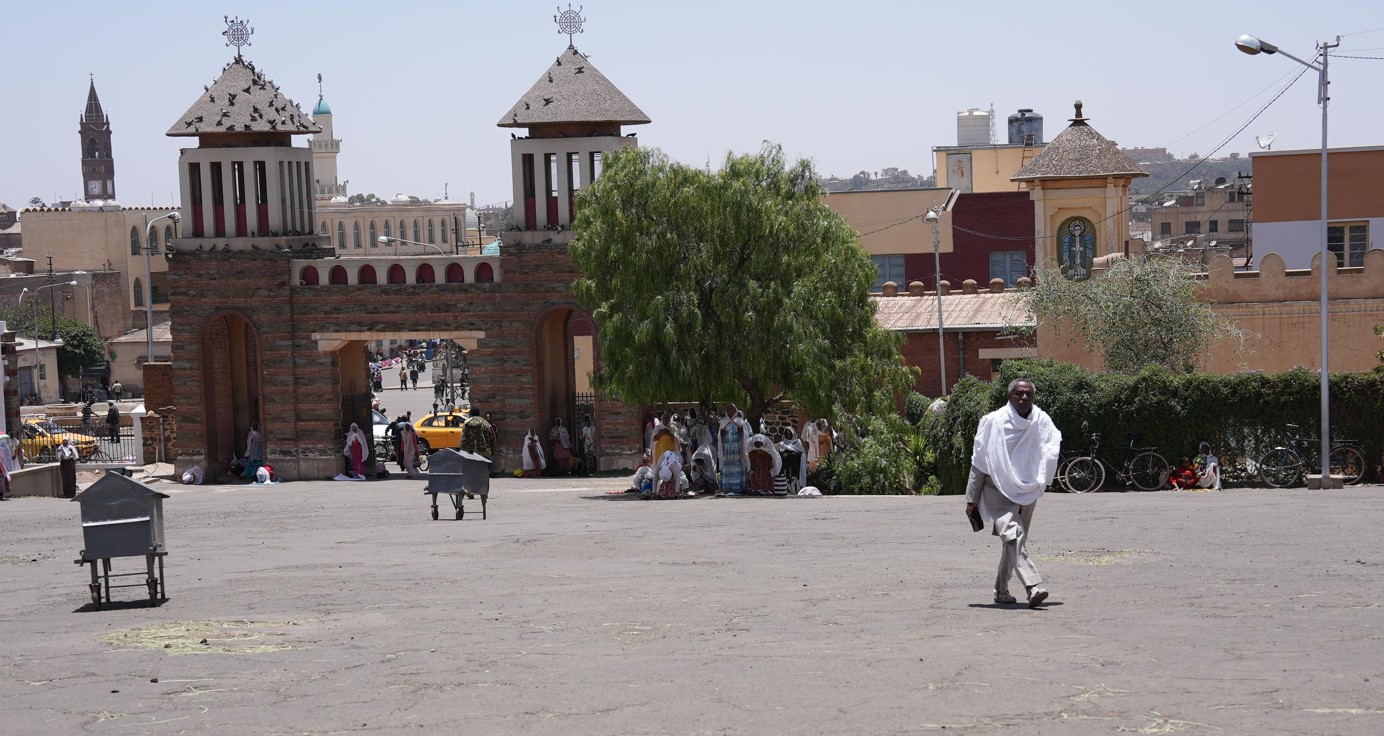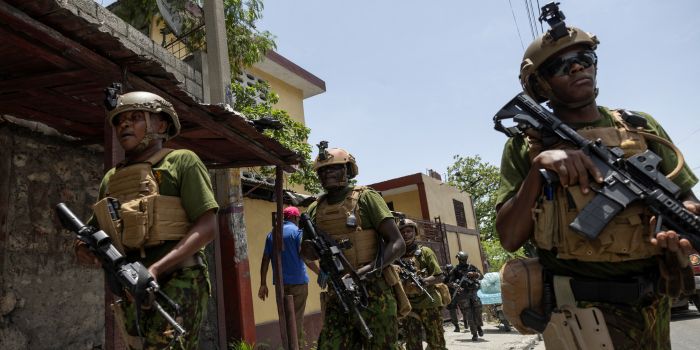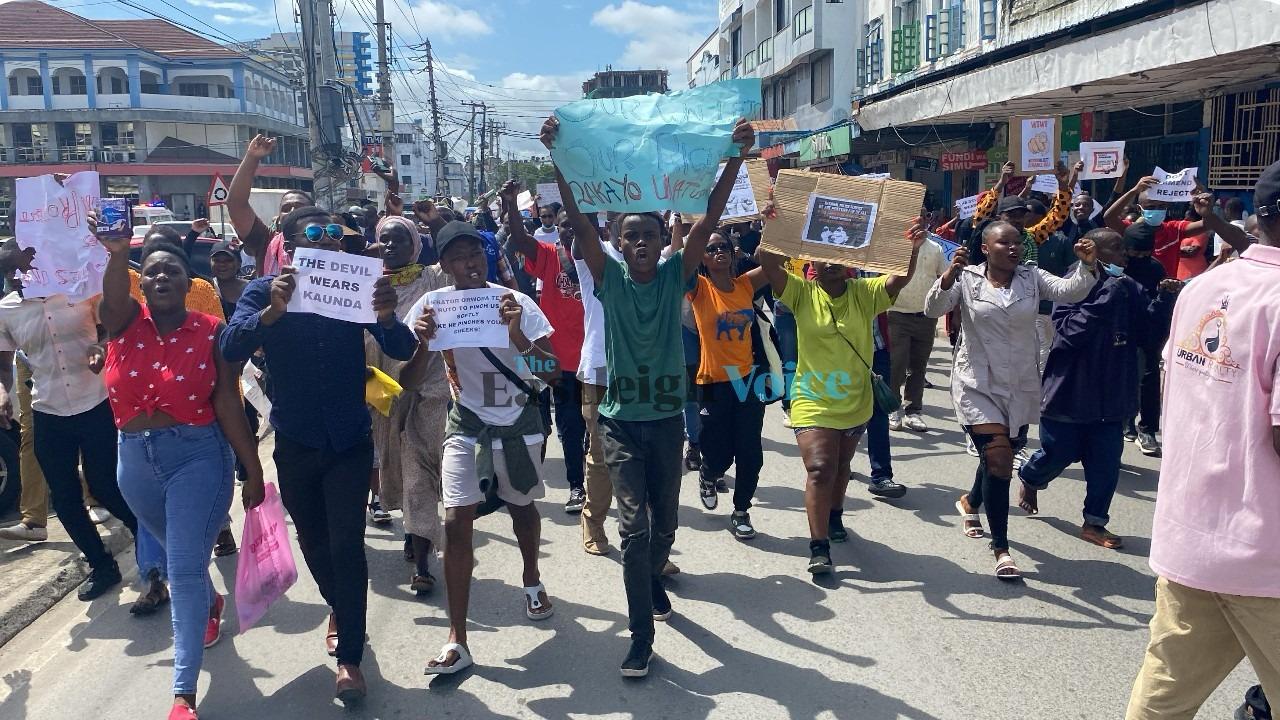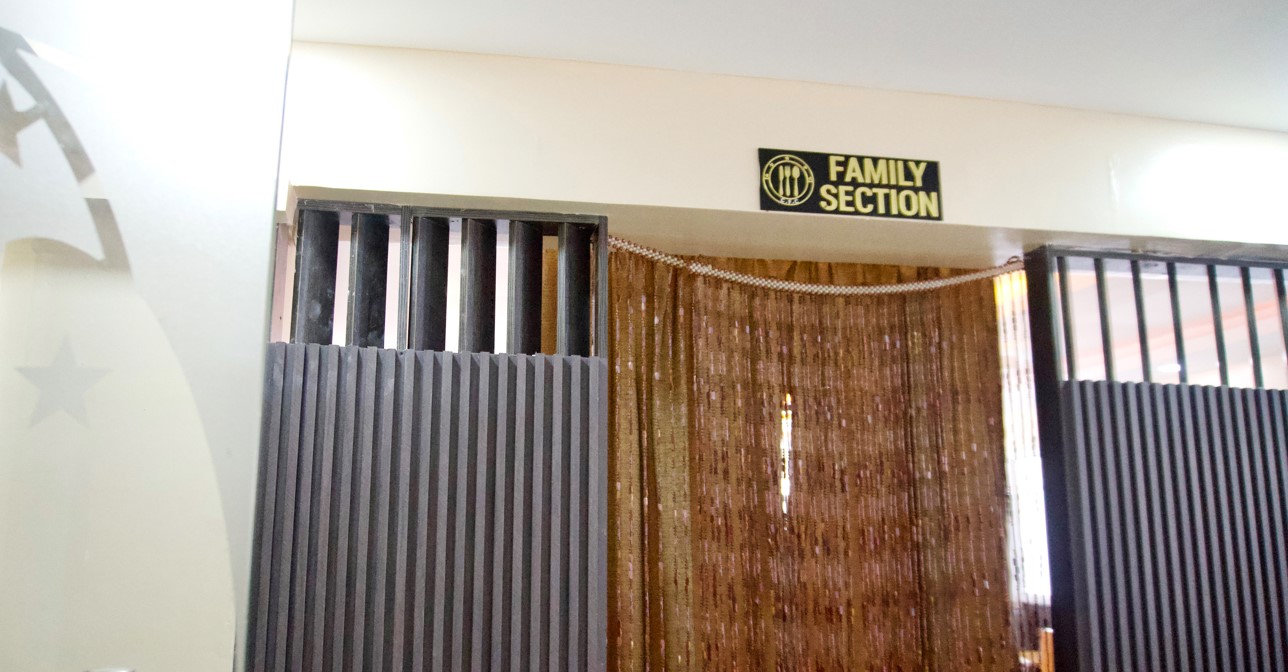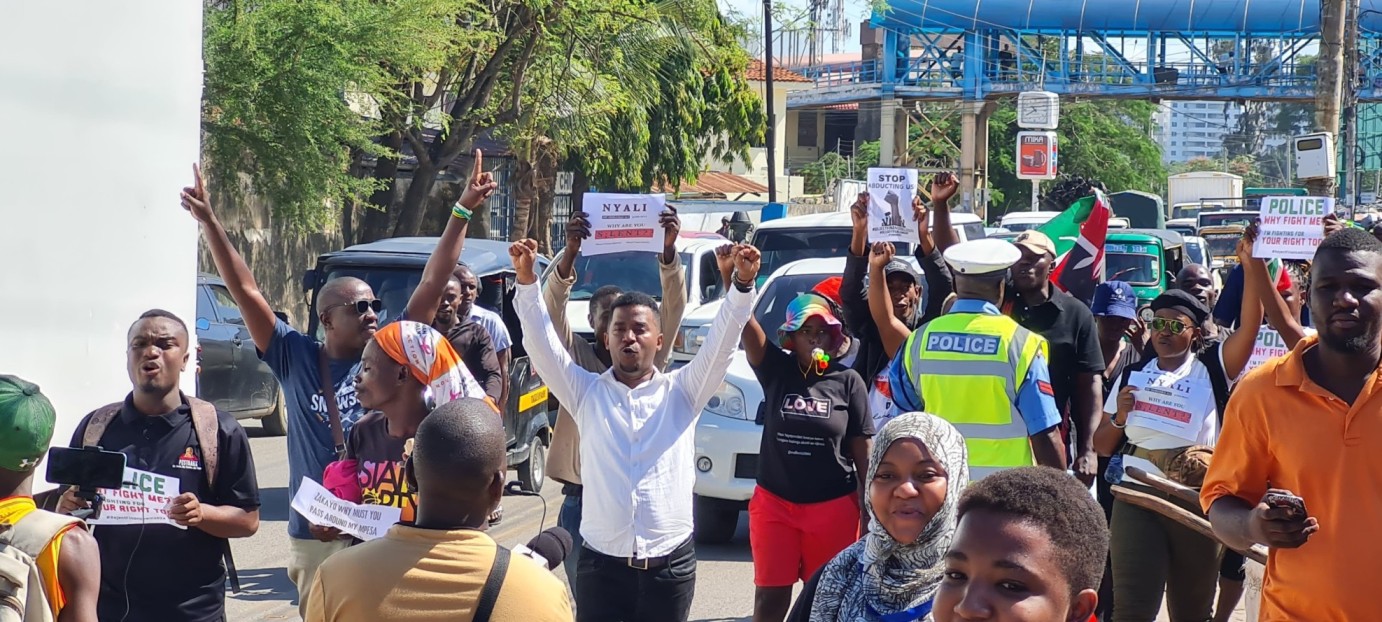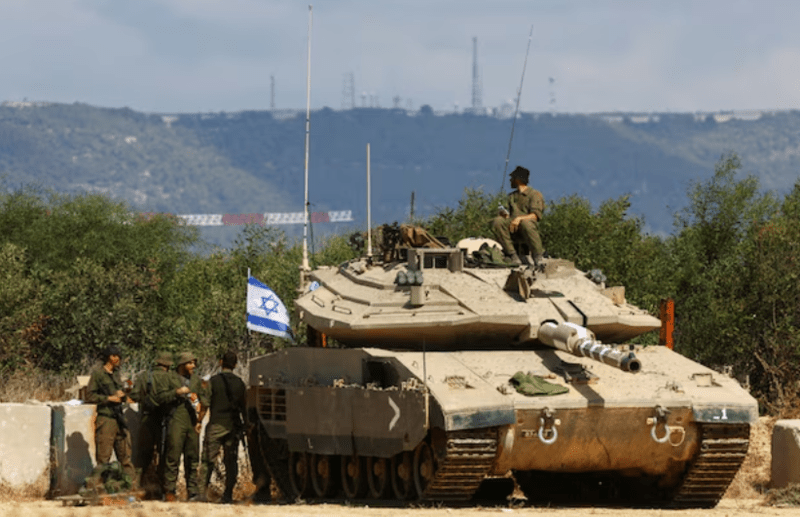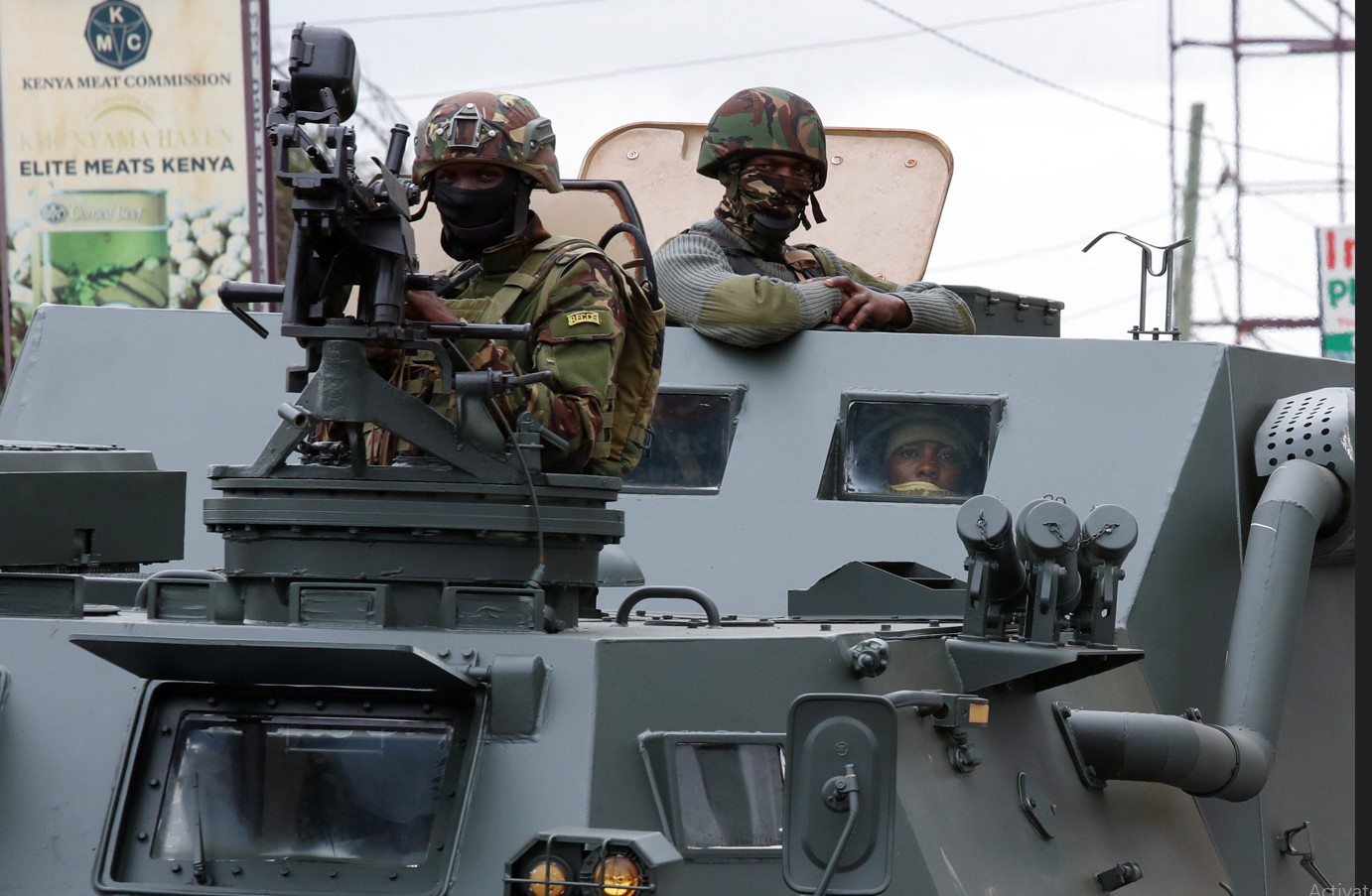IGAD report shows rise in terror attacks between January and March this year
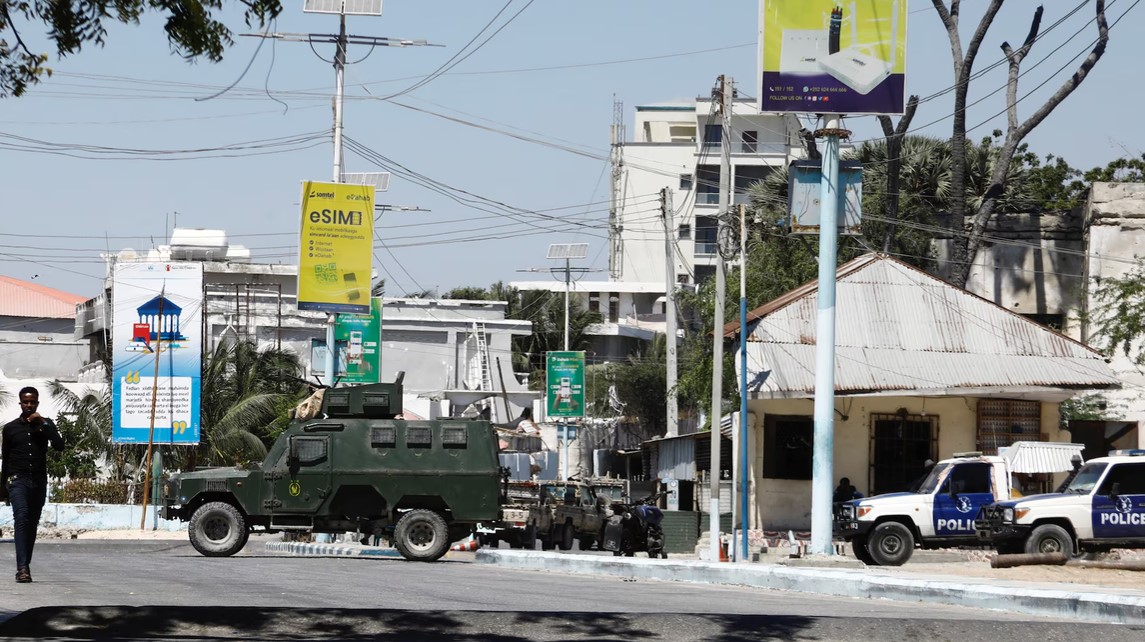
By Mary Wambui |
The analysis compiled by the regional body's Centre of Excellence for Preventing and Countering Violent Terrorism (ICEPCVE) notes that about 708 fatalities and 197 injuries were recorded in the first quarter of this year.
An analysis of Violent Extremism attacks in the IGAD region indicates a five per cent rise in the number of attacks between January and March this year, compared to the last quarter of 2023.
The analysis compiled by the regional body's Centre of Excellence for Preventing and Countering Violent Terrorism (ICEPCVE) notes that about 708 fatalities and 197 injuries were recorded in the first quarter of this year.
Keep reading
- Unpredictable threats from Al-Shabaab loom as Somalia readies for post-ATMIS era
- AU council endorses Somalia request for slowed withdrawal of ATMIS troops
- Ethiopian troops should remain in Somalia, Jubaland and South West states say
- Terror attacks in Kenya declined by 6.5 per cent in 2023, new report reveals
The last quarter of last year recorded the lowest number of attacks compared to the other quarters of the year 2023 despite December being flagged as a high-risk period with increased attacks speculated due to significant dates in the Christian calendar.
"About 672 fatalities and 189 injuries are recorded in the quarter. October recorded the highest number of fatalities and injuries at 55 per cent while 22 per cent and 23 per cent of fatalities and injuries were recorded in November and December respectively. A majority of those fatally wounded were security personnel at 63 per cent, civilians at 35 per cent and local militias at 2 per cent," the centre's report on the period between October and December," the report noted.
"March of this year recorded the highest number of fatalities and injuries. A majority of those fatally wounded were security personnel at 62 per cent, the civilians at 37 per cent and aid workers at one per cent."
El-Nino factor
At the time, the centre noted that though historical data is indicative of an increase in attacks during significant Muslim and Christian dates, 2023 was different.
This was attributed to the El-Nino rains which were experienced in November and part of December.
"With the continued deliberate destruction of telecommunication masts and persistent attacks at the border points by the terrorist groups, member states in East and Horn of Africa need to be on high alert," the centre warned at the time.
It notes that most attacks occurred in Somalia followed by Kenya, the majority perpetuated using small and light weapons (56 per cent), followed by bombs and explosives (39 per cent) and the least (five per cent) in the form of an ambush.
The explosives used included; improvised explosive devices and the Vehicle-Borne Improvised Explosive Devices.
"In the quarter under review, most of the attacks were carried out in Southern and Central Somalia including; Jubaland, Hiran, Middle Shabelle, Lower Juba, Galgudud and Mogadishu regions. There were attacks recorded in Mandera, Garissa and Lamu Counties in Kenya, mostly at the Kenya-Somalia borders," the report notes.
Some of these attacks in March happened during Iftar and Easter celebrations with attacks at SYL Hotel in Mogadishu and in Garissa near the Kenya-Somalia border where civilians lost their lives with the centre noting that historical data is indicative of the likelihood of attacks during significant Muslim and Christian dates.
"In the first quarter, the terrorists reclaimed strategic recaptured areas displaying their resolve to undermine the security forces' efforts in addition to increasing their attacks on them. There is continued deliberate destruction of telecommunication masts and persistent attacks at the border points by the terrorist groups," it said.
In efforts to curb violent extremism, the centre has been studying emerging trends and how they intersect with gender dynamics.
In the first quarter of 2024, the Centre held a gender-focused network of researchers keen on the trends.
"Additionally, the centre formally launched the IGAD Parliamentary Network Caucus which will be critical in championing peace, security, development and integration in the region," the report said.



